Sunroom Bench
United States, Northwest Portland
completed
in 2024
The bench was designed by Ákos Huber for the sunroom of his south-facing studio flat in the St. Francis apartments in NW Portland. This modular furniture piece was inspired by the idea of a growing family and took nearly three years to design and execute, with intense work periods fueled by personal joy. Huber remarked that this "slowness" of the process was refreshing.
In an era of rapid image generation, where countless visuals are shared daily, Huber emphasizes the importance of closeness to materials. He believes that providing space for serendipitous accidents is essential, as it encourages creativity through hands-on engagement, whether with a pencil or clay. Throughout the design process, the furniture was refined through numerous sketches, hand and computer drawings, and models, which helped in understanding details and methods of construction. The concept of modularity was tested on a 1:3 scale model, allowing for assembly in various configurations to create different lengths and compositions. The final full-scale object was crafted with hand tools and simple machines, reflecting the individuality of a unique creation.
Using reclaimed wood, which bears the marks of time, required patience and sensitivity. The material originally came from Douglas fir trees in the lush forests of the Pacific Northwest, repurposed first as structural beams and then transformed into a bench. Huber found suitable pieces in the yard of a demolition company after hours of selecting and rearranging lumber stacks. In addition to the four fir beams, he unintentionally selected two pieces of blue pine. The natural colors and textures of the wood had faded due to decades of patina accumulation.
Upon arriving at the workshop, the first task was the careful removal of nails, screws, and clips from the beams, followed by machining and shaping. Huber unified the uneven colors and grain patterns through the traditional charring technique known as Shou Sugi Ban, creating a tactile texture and consistent black color on the surface, while still revealing the "wounds" that reflect the wood's history.
Huber draws inspiration from various sources, referencing native totem poles carved from massive tree logs, Chillida’s “creatures” embedded in the Basque landscape, and the monumental rock-hewn churches of Lalibela in Ethiopia. He cites Luis Barragan’s vibrant walls as embodiments of the region’s traditions and culture, noting that such creations resonate with the human soul, expressing identity, naturalness, and timelessness.
The Sunroom Bench was made by subtracting from a singular mass rather than using components and composite materials, underscoring the importance of materiality in carrying the object's presence. Ákos Huber is an architectural designer, furniture designer, and craftsman originally from Hungary. His work spans various fields, including furniture design, architecture, drawings, and sculpture, and he completed his Master’s degree in architecture at the Moholy-Nagy University of Art and Design in Budapest.
In an era of rapid image generation, where countless visuals are shared daily, Huber emphasizes the importance of closeness to materials. He believes that providing space for serendipitous accidents is essential, as it encourages creativity through hands-on engagement, whether with a pencil or clay. Throughout the design process, the furniture was refined through numerous sketches, hand and computer drawings, and models, which helped in understanding details and methods of construction. The concept of modularity was tested on a 1:3 scale model, allowing for assembly in various configurations to create different lengths and compositions. The final full-scale object was crafted with hand tools and simple machines, reflecting the individuality of a unique creation.
Using reclaimed wood, which bears the marks of time, required patience and sensitivity. The material originally came from Douglas fir trees in the lush forests of the Pacific Northwest, repurposed first as structural beams and then transformed into a bench. Huber found suitable pieces in the yard of a demolition company after hours of selecting and rearranging lumber stacks. In addition to the four fir beams, he unintentionally selected two pieces of blue pine. The natural colors and textures of the wood had faded due to decades of patina accumulation.
Upon arriving at the workshop, the first task was the careful removal of nails, screws, and clips from the beams, followed by machining and shaping. Huber unified the uneven colors and grain patterns through the traditional charring technique known as Shou Sugi Ban, creating a tactile texture and consistent black color on the surface, while still revealing the "wounds" that reflect the wood's history.
Huber draws inspiration from various sources, referencing native totem poles carved from massive tree logs, Chillida’s “creatures” embedded in the Basque landscape, and the monumental rock-hewn churches of Lalibela in Ethiopia. He cites Luis Barragan’s vibrant walls as embodiments of the region’s traditions and culture, noting that such creations resonate with the human soul, expressing identity, naturalness, and timelessness.
The Sunroom Bench was made by subtracting from a singular mass rather than using components and composite materials, underscoring the importance of materiality in carrying the object's presence. Ákos Huber is an architectural designer, furniture designer, and craftsman originally from Hungary. His work spans various fields, including furniture design, architecture, drawings, and sculpture, and he completed his Master’s degree in architecture at the Moholy-Nagy University of Art and Design in Budapest.
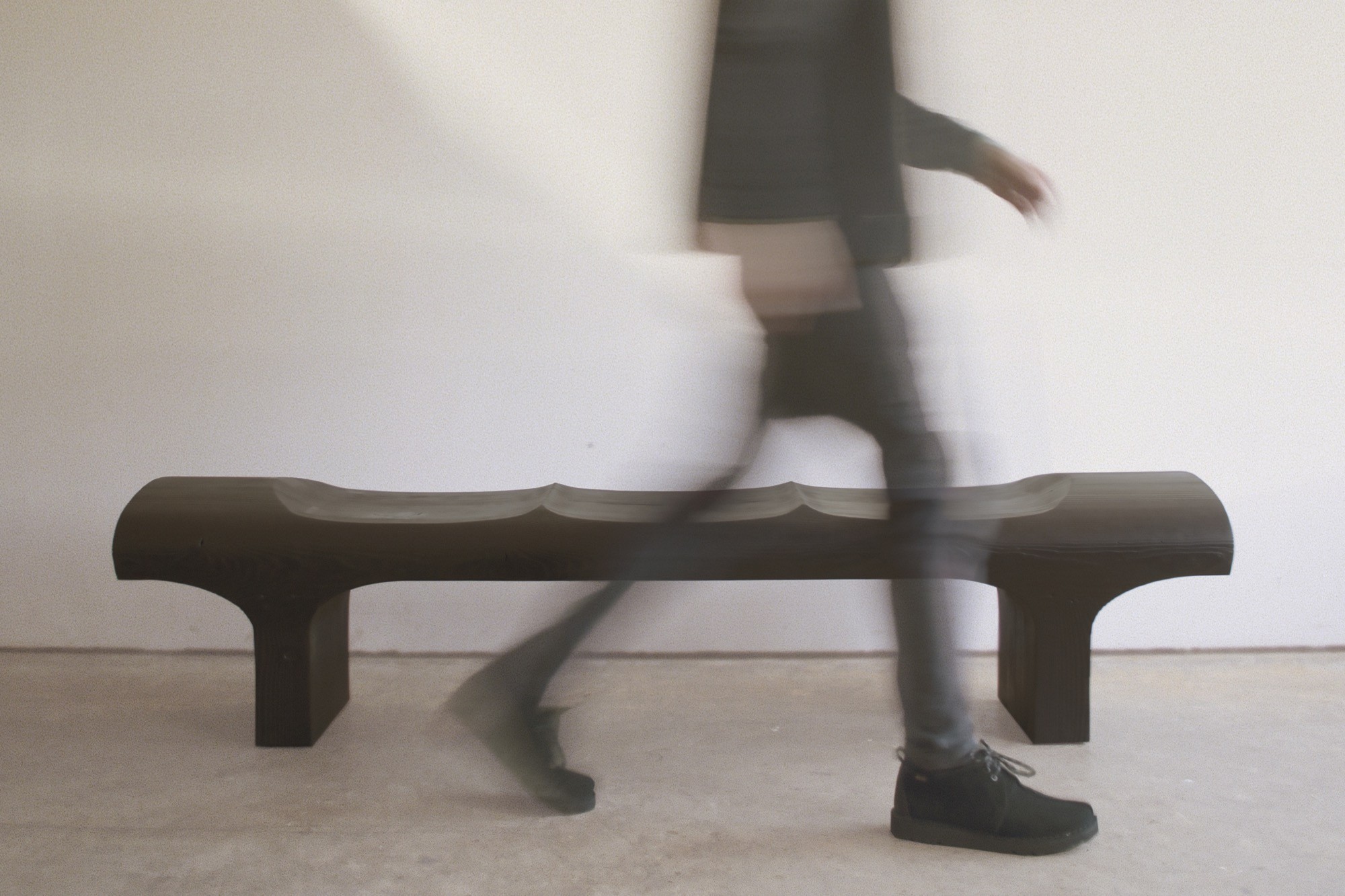
©
Steven Patenaude
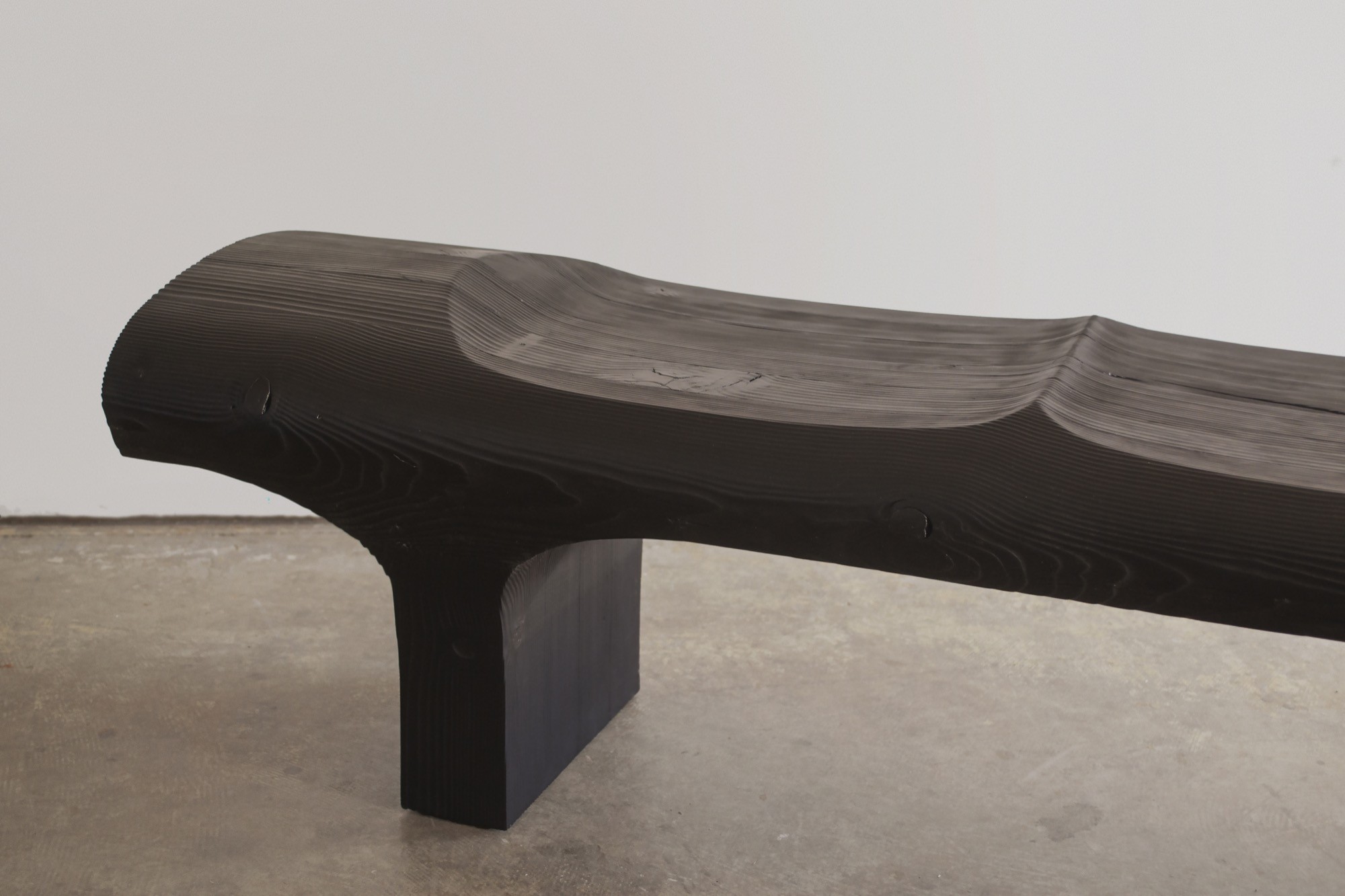
©
Steven Patenaude
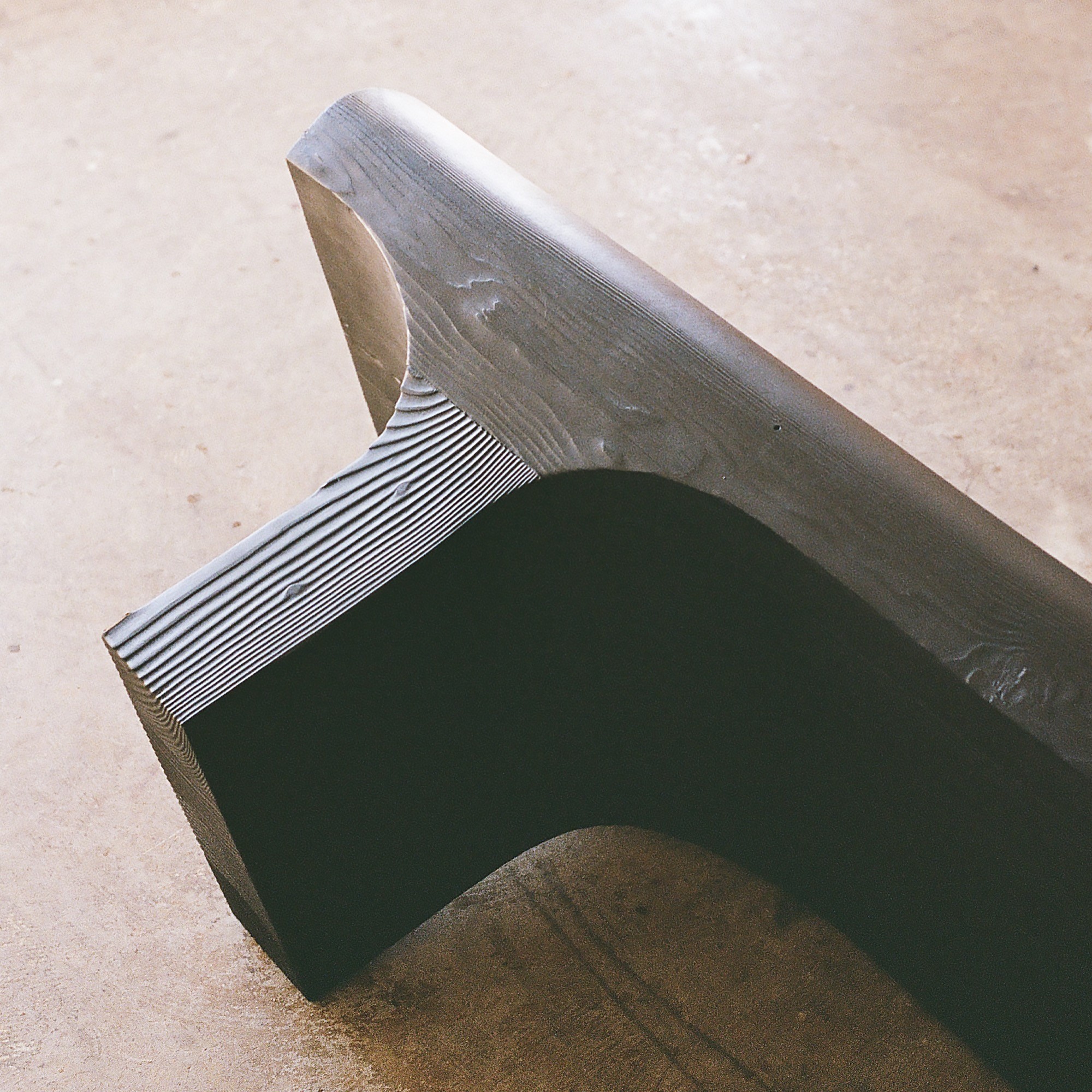
©
Steven Patenaude
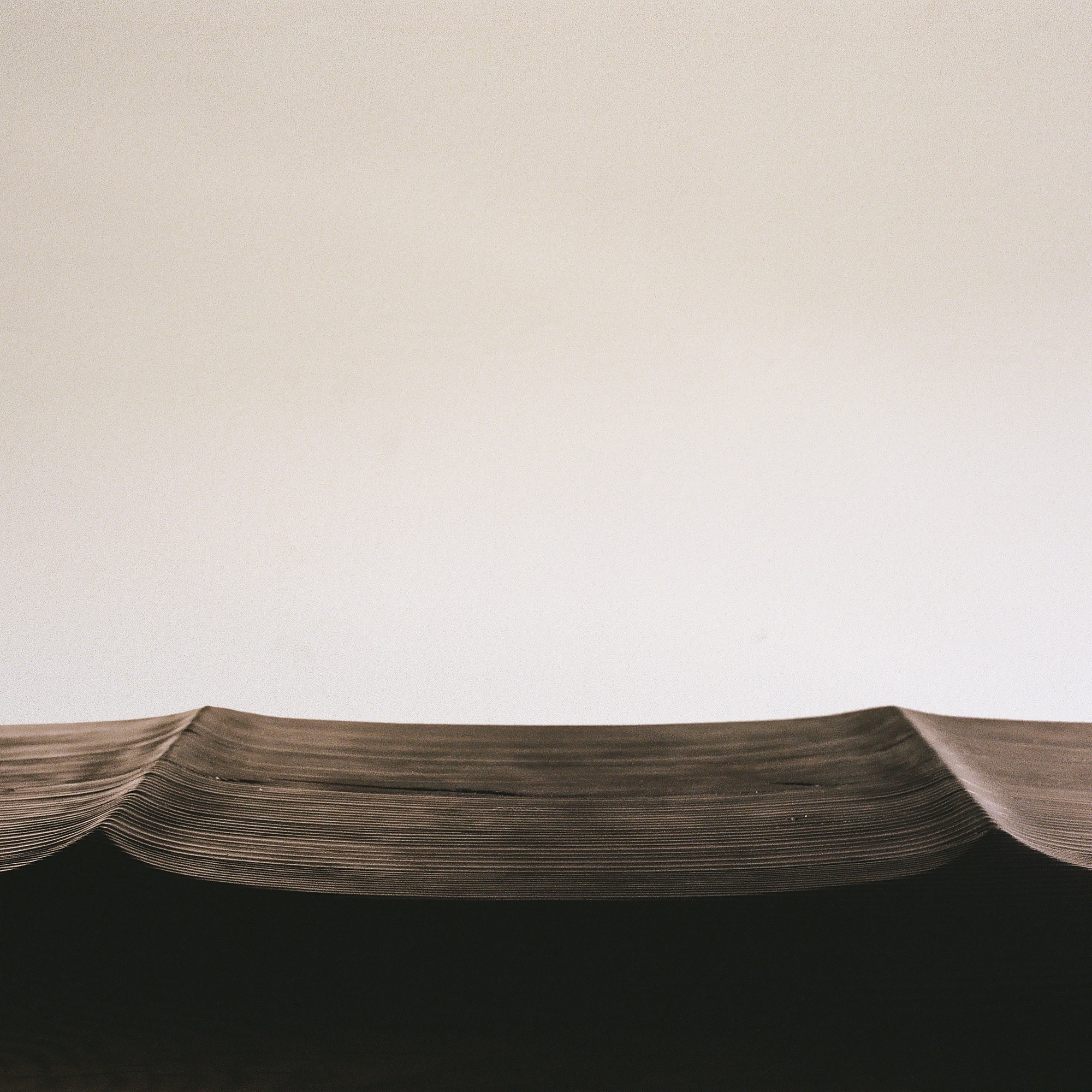
©
Steven Patenaude
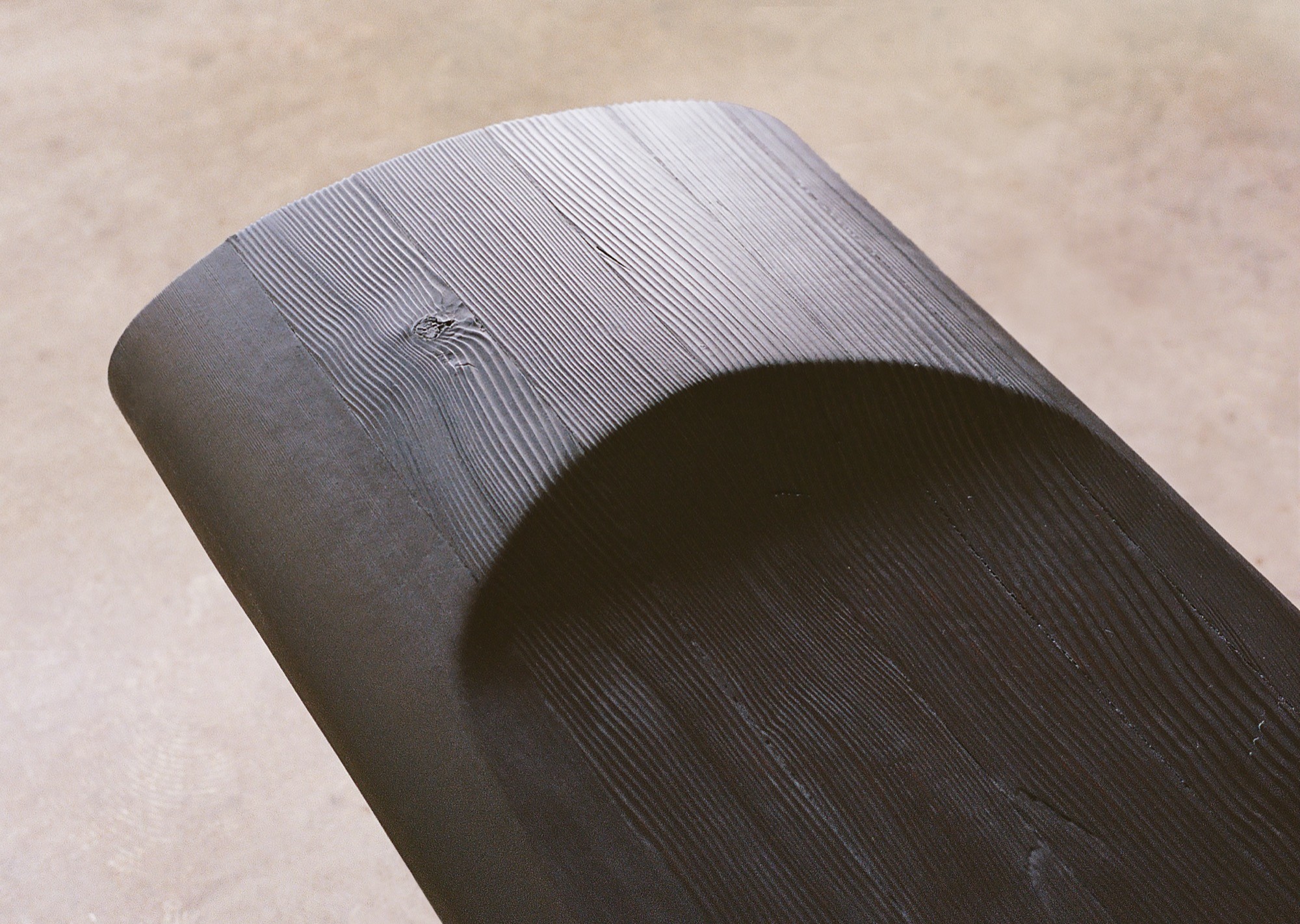
©
Steven Patenaude
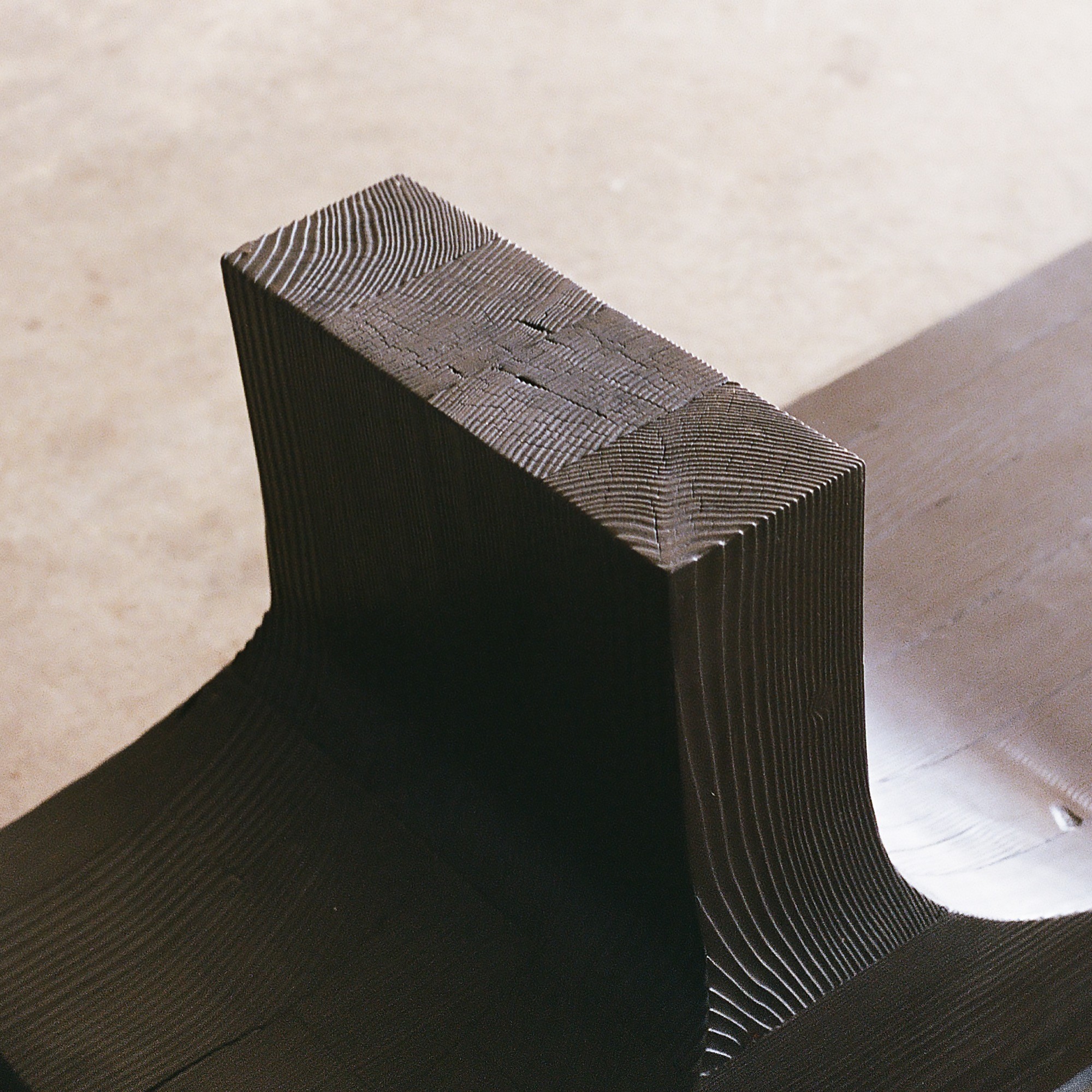
©
Steven Patenaude
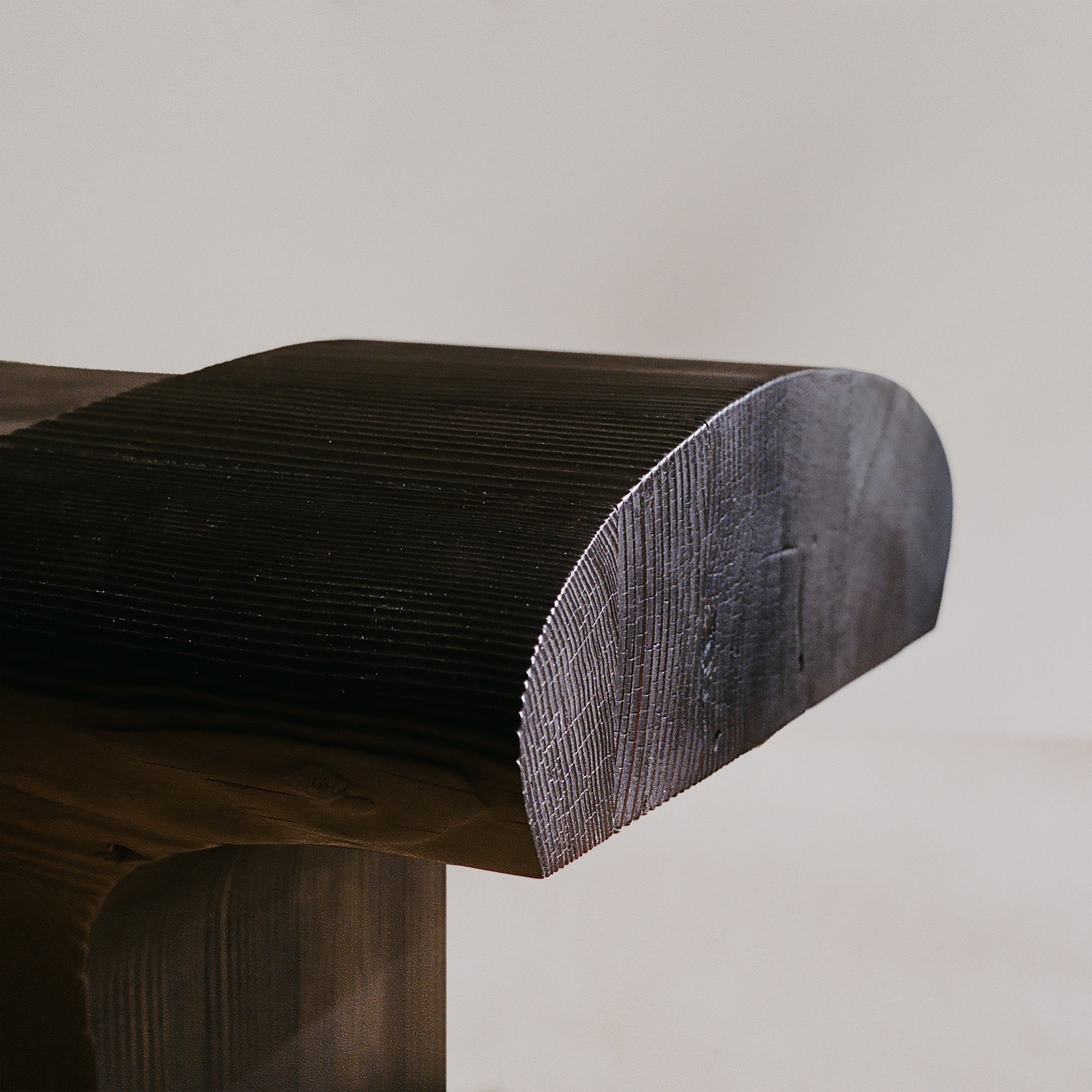
©
Steven Patenaude
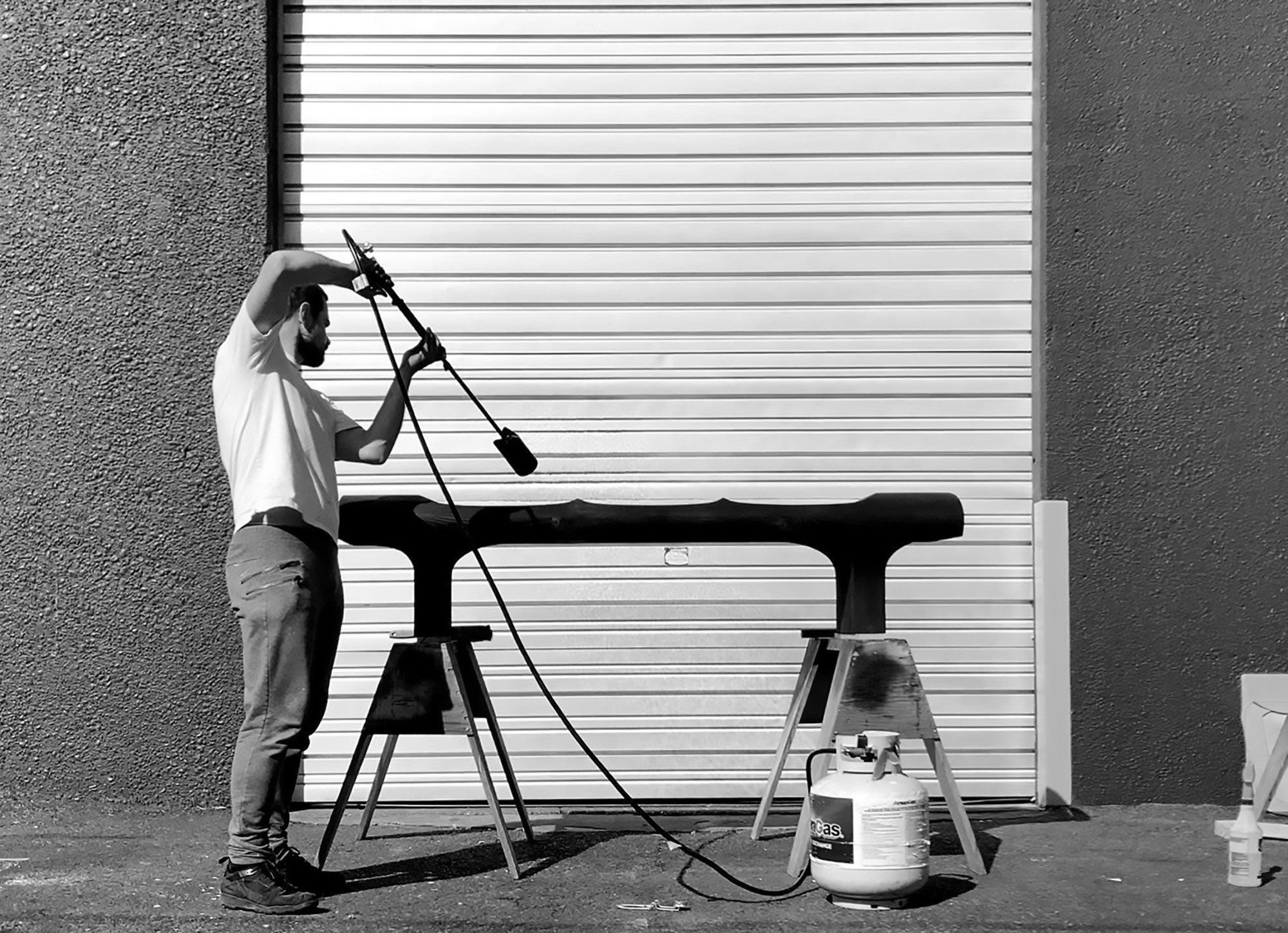
©
Steven Patenaude
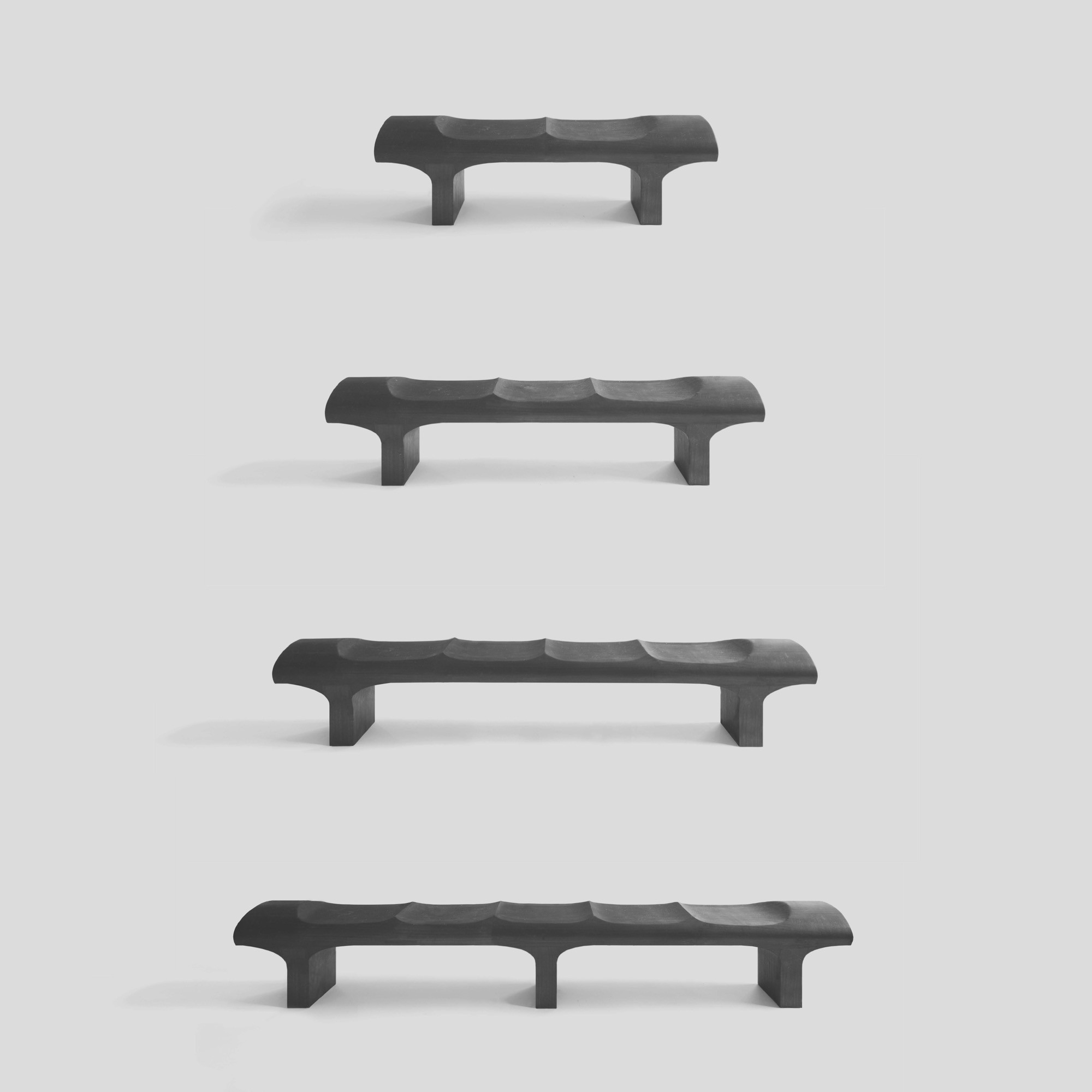
©
Steven Patenaude

©
Steven Patenaude
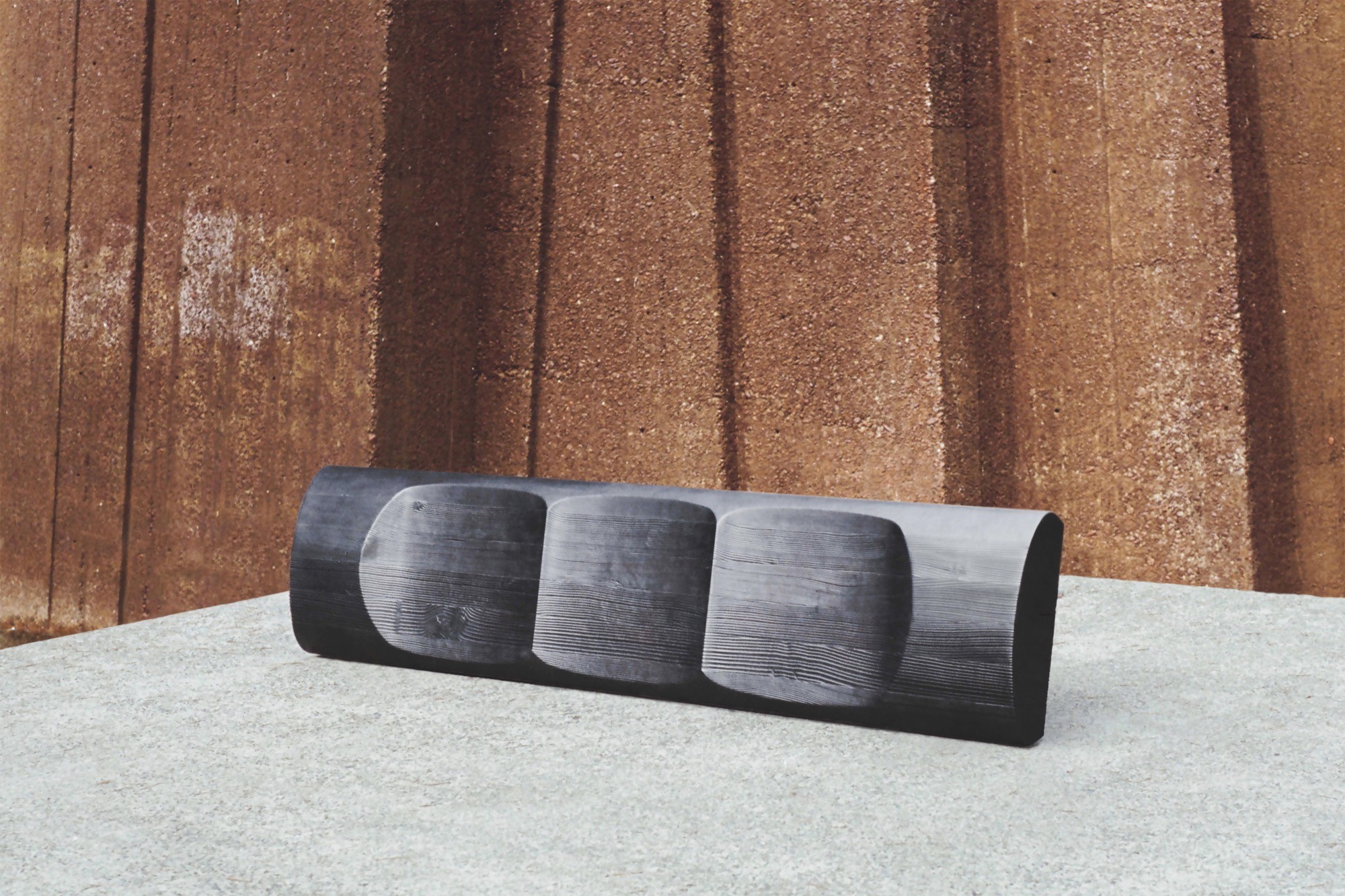
©
Steven Patenaude

©
Steven Patenaude
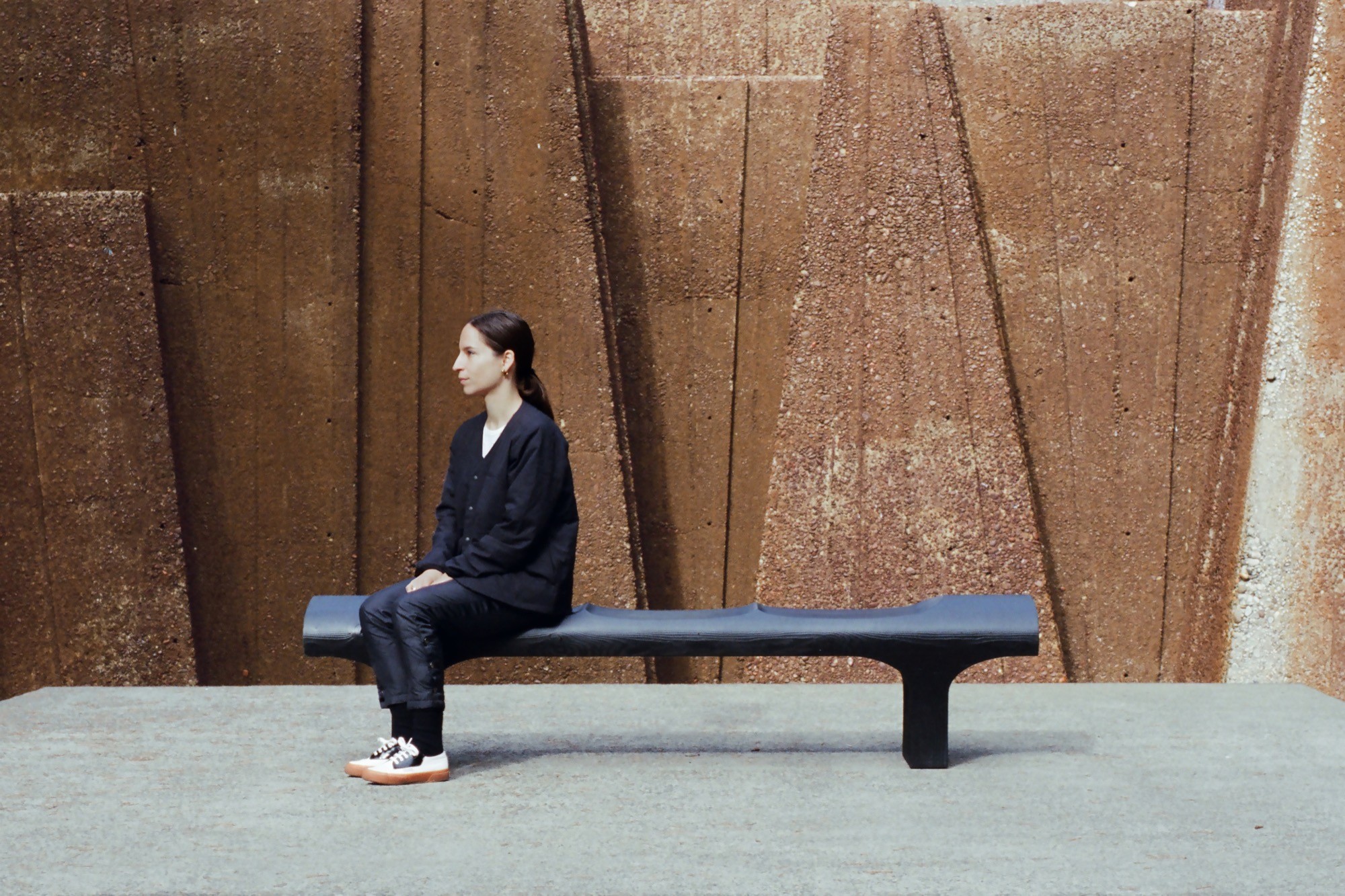
©
Steven Patenaude

Comments
(0)